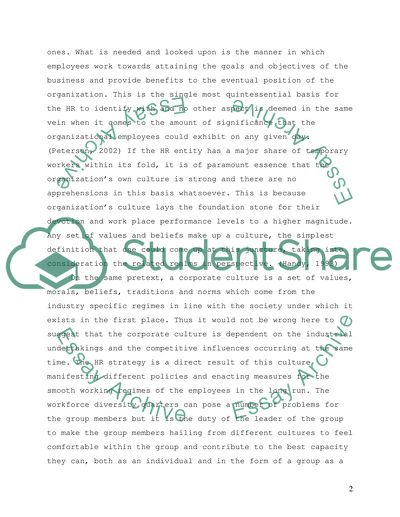Cite this document
(How a Firms HR Strategy Could Be Its Source of Competitive Advantage Assignment, n.d.)
How a Firms HR Strategy Could Be Its Source of Competitive Advantage Assignment. Retrieved from https://studentshare.org/human-resources/1551080-critically-examine-how-a-firms-hr-strategy-could-be-its-source-of-competitive-advantage
How a Firms HR Strategy Could Be Its Source of Competitive Advantage Assignment. Retrieved from https://studentshare.org/human-resources/1551080-critically-examine-how-a-firms-hr-strategy-could-be-its-source-of-competitive-advantage
(How a Firms HR Strategy Could Be Its Source of Competitive Advantage Assignment)
How a Firms HR Strategy Could Be Its Source of Competitive Advantage Assignment. https://studentshare.org/human-resources/1551080-critically-examine-how-a-firms-hr-strategy-could-be-its-source-of-competitive-advantage.
How a Firms HR Strategy Could Be Its Source of Competitive Advantage Assignment. https://studentshare.org/human-resources/1551080-critically-examine-how-a-firms-hr-strategy-could-be-its-source-of-competitive-advantage.
“How a Firms HR Strategy Could Be Its Source of Competitive Advantage Assignment”. https://studentshare.org/human-resources/1551080-critically-examine-how-a-firms-hr-strategy-could-be-its-source-of-competitive-advantage.


